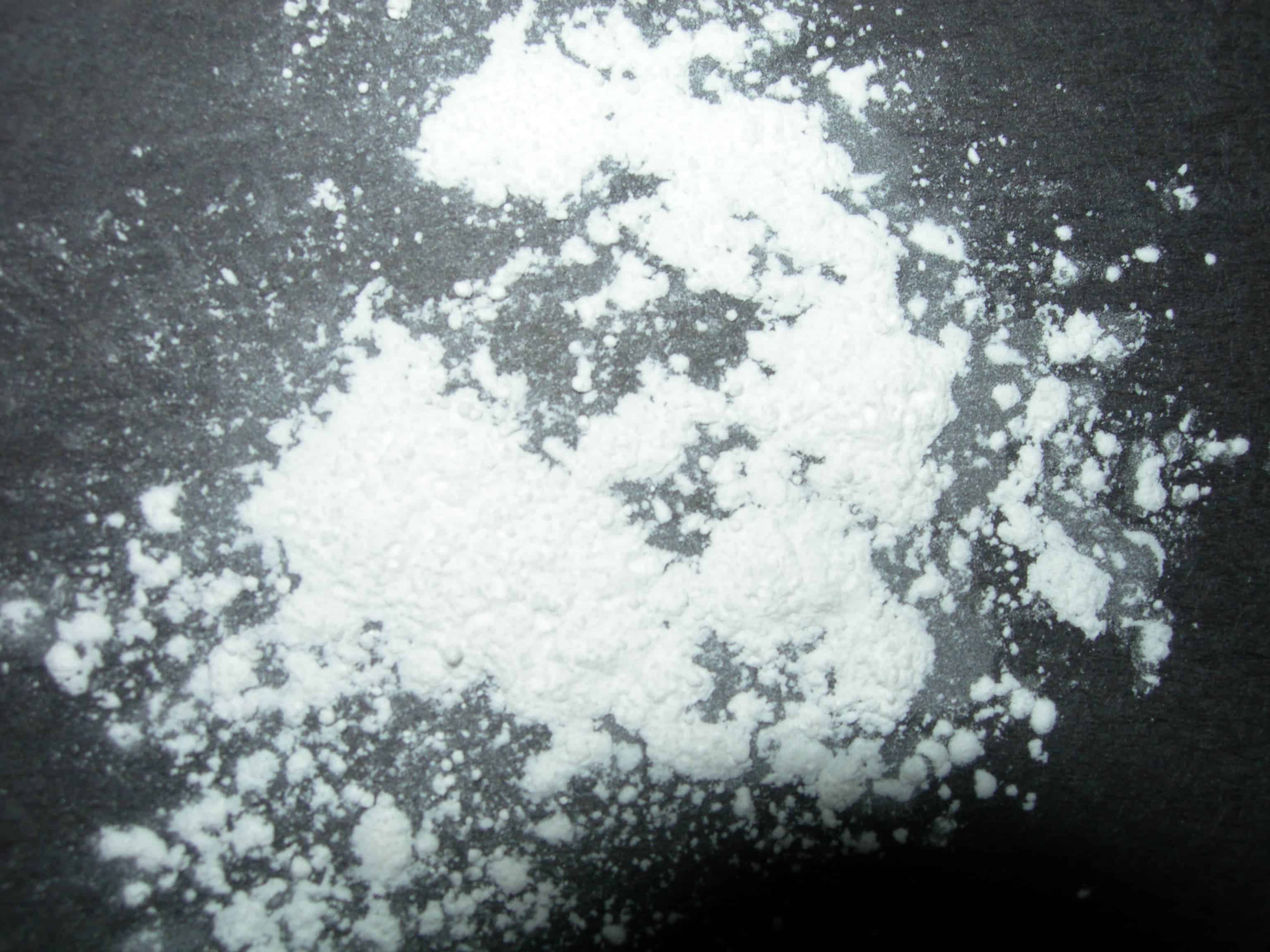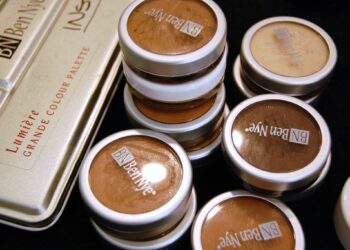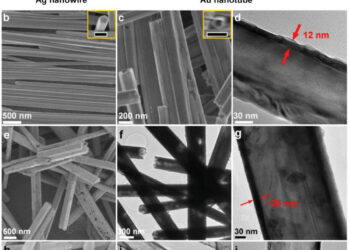From at least 1971, Johnson&Johnson has known that some of its baby powder contains asbestos, which even in small quantities can cause extremely dangerous illnesses, including several types of cancer.

A powder keg
The stunning information was revealed by a Reuters investigation. The story starts in 1999, when J&J was sued by a woman who had used their baby powder. She claimed that the powder was what gave her cancer. However, although the company had numerous test results, they refused to hand them over and the trial was never successful.
Herschel Hobson, the personal-injury lawyer who went against the company, had a hunch that asbestos may have contaminated the talc in the baby powder. In nature, talc and asbestos (both of which are naturally-occurring minerals) can be found together, so there’s a significant risk of contamination. However, he just couldn’t prove it.
“When you are the plaintiff, you have the burden of proof,” he said. “We didn’t have it.”
J&J denied all allegations and refused to hand over their tests — but that wasn’t the end of it. Two decades later, J&J was sued by 11,700 plaintiffs, who all claimed the same thing: some of their baby powder has asbestos. As a result, the company was forced to release many of its documents, reports, and internal memos. A Reuters team analyzed thousands of pages of these documents, as well as trial depositions and information from third party sources. They found that “from at least 1971 to the early 2000s, the company’s raw talc and finished powders sometimes tested positive for small amounts of asbestos.” Not only did they know about this, but they willfully hid it from the public and regulators.
“Company executives, mine managers, scientists, doctors and lawyers fretted over the problem and how to address it while failing to disclose it to regulators or the public,” writes Lisa Girion for Reuters.
First issues
The first mentions of tainted samples appeared in 1957 and 1958 when J&J consulted an external lab to analyze their baby powder. The lab describes contaminants in powder products in terms that are very similar to asbestos (“fiberform” and “rods”). Then, in 1969 a J&J doctor called William Ashton issued a very telling memo, saying that it is “normal” to find tremolite (a form of asbestos) in many US talc deposits, and questions its presence in J&J products.
“Historically, in our Company, Tremolite has been bad,” Ashton wrote. “How bad is Tremolite medically, and how much of it can safely be in a talc base we might develop?”
The reply came a few days later from another company physician:
“It would seem to be prudent to limit any possible content of Tremolite … to an absolute minimum.”
J&J was already receiving concerned letters from physicians, asking them about the safety of their baby products. Even Robert Wood Johnson II, the founder’s son and then-retired CEO expressed his concerns about the matter.
“We have replied,” the doctor wrote, that “we would not regard the usage of our powders as presenting any hazard.” Such assurances would be impossible, he added, “if we do include Tremolite in more than unavoidable trace amounts.”
Hiding the truth
By the early 1970s, it became quite clear that asbestos was responsible for cancers and other dreadful conditions, and it became clear that regulation would soon be implemented. But, when questioned by the Food and Drug Administration (FDA), J&J issued a statement completely denying any presence of asbestos in its products.
“Our fifty years of research knowledge in this area indicates that there is no asbestos contained in the powder manufactured by Johnson & Johnson.”
That very year, a Mount Sinai researcher, mineralogist Arthur Langer, told J&J in a letter that he had found a “relatively small” amount of chrysotile asbestos in Baby Powder. But “relatively small” was still enough, unfortunately. An FDA official also acknowledged this, writing:
“I understand that some samples will be passed even though they contain such [chrysotile asbestos] fibers, but we are willing to live with it.”
The FDA tests failed to reveal any traces of asbestos — but the FDA did not use the most sensitive detection methods. In fact, their tests were completely incapable of revealing chrysotile fibers, which would explain the statement above.
The internal documents revealed by Reuters show that J&J were aware of these issues, with an internal scientist confessing that “we may have problems.”
“It’s quite possible that we may wish to keep the whole thing confidential,” J&J’s Director of its Central Research Laboratories, Tom Shelley, wrote in an internal memo, as the company was looking at ways to eliminate asbestos contamination.
In truth, many samples appeared uncontaminated. It’s not that all the samples contained asbestos, but the contamination could not be ruled out using J&J’s methodology — and the concerning tests continued.
In 1973, the Colorado School of Mines Research Institute told J&J that the best way to detect asbestos in talc was to concentrate a single sample and then examine it directly through a microscope. This method revealed asbestos in Vermont talc. However, the company felt that the method was “too sensitive” and was concerned about potential false positives. At the time, J&J was consuming 20,000 tons of Vermont talc a year.
J&J did not tell the FDA about a 1974 test by a professor at Dartmouth College in New Hampshire that found the familiar “fiberform” asbestos in talc samples. It also did not release a 1975 report which found asbestos in 5 of 17 analyzed samples. It did, however, push the FDA to accept an X-ray screening methodology to detect asbestos — a method which a company scientist says “allowed for an automatic 1% tolerance for asbestos” — 10 times more than the FDA limit at the time. Within the FDA, this testing methodology was also disliked. At the time, many felt that J&J was misrepresenting facts by omitting relevant results. That opinion was also held this year, by a New Jersey judge who issued the first verdict against J&J in the trials against it.
“Providing the FDA favorable results showing no asbestos and withholding or failing to provide unfavorable results, which show asbestos, is a form of a misrepresentation by omission,” Middlesex County Superior Court Judge Ana Viscomi said in her June ruling.
J&J disagreed, and the FDA refused to comment. But the company never applied the recommendation to use microscopes to look for asbestos in its products. It seems that they were aware of these problems and yet still continued to sell the baby powder — and it worked. Almost everybody believed them. Until recently, the American Cancer Society’s official position (as presented on their website) was that “All talcum products used in homes have been asbestos-free since the 1970s.” After receiving inquiries from Reuters regarding this investigation, the society finally changed its position.
To top it all off, when J&J sold its talc mines, the new owner, Cyprus Minerals, said there were “important environmental issues” in its talc, adding that there was “past tremolite” in the deposit which was the primary source of Baby Powder talc from 1966 until its shutdown in 1990. Peter Bicks, one of the company’s lawyers, dismissed that as hearsay, but relevant documents were destroyed by J&J right before the mines were sold.
Retribution?
In July 2018, a St. Louis jury awarded nearly US$4.7 billion in damages to 22 women and their families after they claimed asbestos in Johnson & Johnson talcum powder caused their ovarian cancer. In December 2018, with 11,700 suing the company for similar claims, the company was forced to release its memos and internal documents.
The company knew about asbestos contamination since at least 1971, but continued to sell its products and tried to hide the truth.
Hobson is still practicing law in Nederland, Texas, Reuters writes. He says that with J&J’s documents, the first trial could have also been won and maybe, he says, “maybe there would have been 20 years less exposure”.
J&J has appealed the case and lost. Considering that 22 women were awarded $4.7 billion in damages, one can only imagine what 11,700 plaintiffs could get.
EDIT: This article has been updated to include the fact that the J&J’s appeal had been lost.




